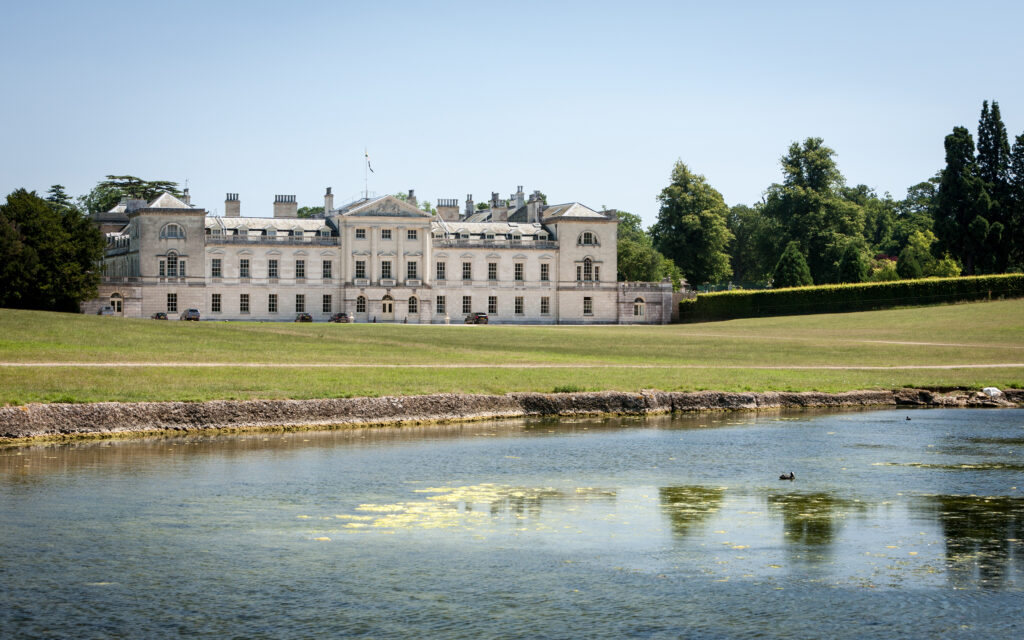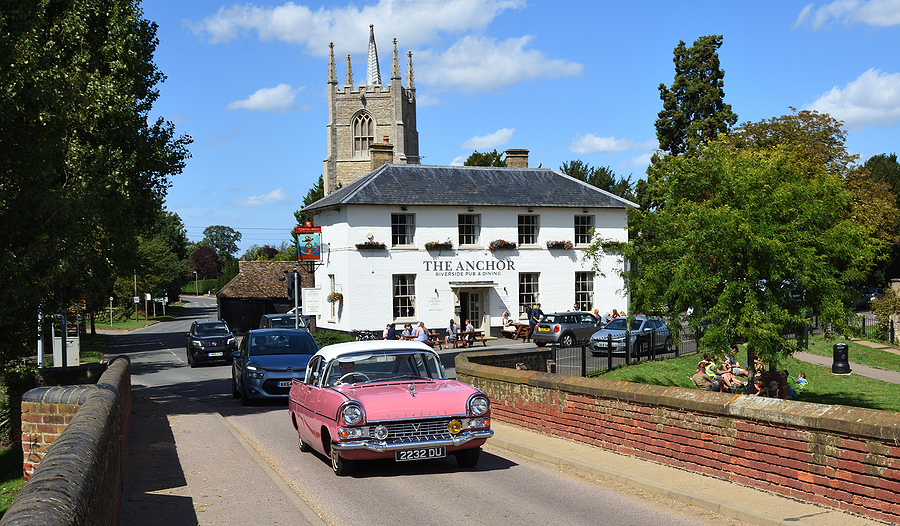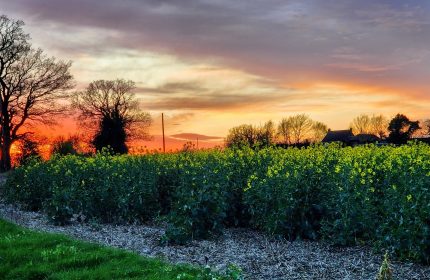A dozen or so things you never knew about Bedfordshire
Britain is the most beautiful country in the world when the sun shines. And even when it doesn’t there are myriad tales and facts galore to enhance the beauty, whatever the weather. Here are some of them – they may make you want to go there….
A dozen or so things you never knew about Bedfordshire
Bedfordshire, in the South East Midlands, is one of those English counties that people tend to pass through rather than visit, which is a shame. Although the county is quiet and unassuming it hides some of England’s most attractive scenery and loveliest villages, cob and thatch cottages, wide greens and willow meadows, particularly along the banks of the River Great Ouse. At 143 miles in length the Ouse is Britain’s fifth longest river and flows through Bedford and the north of the county. The chalk Chiltern Hills in the south of the county provide splendid views while Dunstable Down, 797 feet high, is the highest point in the east of England.
Described by Bedfordshire folk as ‘a brickworks in the middle of a cabbage patch’, Bedfordshire was once the centre of Britain’s brick making industry, with the London Brick Company’s works at Stewartby, a model village south of Bedford, once the largest brickworks in the world, with the world’s largest brick kiln, producing 500 million bricks a year. Bedfordshire has also always been London’s market garden, supplying the capital with vegetables and grains.

A view of the front of Woburn Abbey a country house to the Duke of Bedford originally dating back to 1145
- Jordan’s Mill, located on the banks of the River Ivel near Biggleswade, occupies a milling site mentioned in the Domesday Book. It is one of Britain’s leading cereal manufacturers and introduced both granola and the cereal bar into Britain.
- Fittingly, for an agricultural county, Bedfordshire is the birthplace of the tractor. The world’s first practical tractor, the Ivel Agricultural Motor, was invented in 1902 by Biggleswade-born ‘Genial Dan’ Albone and put together in his workshop beside the Ivel in Biggleswade. His tractor was tested in the fields beside Jordan’s Mill, the first fields in the world ever ploughed by a tractor.
- Whipsnade Zoo in the Chiltern Hills, the country cousin of London Zoo, covers 600 acres and is bigger than Monaco. It is Britain’s largest zoo, with over 200 species of animals and birds, many of them endangered, roaming freely in spacious outdoor enclosures.
- Dunstable Priory is the birthplace of the English theatre. Here, in the mid 12th century, monk Geoffrey de Gorham staged the first play ever seen in England, using the abbey cloisters as a set and the robes of the choristers of St Albans Abbey as costumes. Dunstable had a large population of weavers and de Gorham devised the play as a way of illustrating for the local schoolchildren the story of St Catherine, patron saint of weavers. His play inspired other churches to write and produce Mystery Plays telling stories from the Bible and these eventually led to plays with non religious themes and sowed the seeds of the English theatre – arguably the greatest theatre in world.
- Bletsoe Castle, 5 miles north of Bedford, was the birthplace in 1443 of Margaret Beaufort. In 1455, at the age of just 12, Margaret was married at Bletsoe to Henry VI’s half-brother Edmund Tudor, son of Owen Tudor and Catherine de Valois, widow of Henry V. Not long afterwards, in 1457, the marriage produced a son, Henry, who would go on to defeat the Yorkist king Richard III at the Battle of Bosworth Field and establish the fateful House of Tudor as Henry VII.
- The village of Elstow, south of Bedford, was the birthplace in 1628, of John Bunyan, author of the first best-seller in the English language, The Pilgrim’s Progress, which has been translated into over 200 languages, more than any other book apart from the Bible. The beautiful 15th century Moot Hall – the finest in England – that served as Bunyan’s school room still stands at the centre of the green in Elstow.
- The ill fated R101 airship, largest vessel in the world at the time, was built in the Cardington Sheds just outside the pretty village of Cardington, south of Bedford. It was launched from here on 4 October 1930 on its maiden voyage to India but crashed in France the next morning with the death of all but 8 of its 54 passengers – the victims are all buried in a special cemetery in Cardington.
- Cardington was the birthplace, in 1720, of Samuel Whitbread who founded and built up what became the largest brewery in the world. As MP for Bedford he was the first person to speak out against slavery in Parliament.
- Woburn Abbey sits at the heart of the largest privately owned park in England, covering an area of over 3000 acres, which includes landscape gardens and a deer park designed by Humphry Repton and Britain’s largest safari park, opened in 1970.
See part three – The Peak District
See part six – the Cumbrian Coast
See part seven – Aberdeenshire
See part ten – The Yorkshire Dales
See part fourteen- Monmouthshire
See part fifteen – The Surrey Hills
See part fifteen – The Surrey Hills
See part sixteen – Berwickshire
Latest posts by Christopher Winn (see all)
- A dozen or so things you never knew about Loch Lomond and Dunbartonshire - October 20, 2021
- A dozen or so things you never knew about Bedfordshire - May 18, 2021
- A dozen or so things you never knew about Berwickshire - March 18, 2021
- A dozen or so things you never knew about The Surrey Hills - January 26, 2021
- A dozen or so things you never knew about historic Monmouthshire - February 10, 2020






















